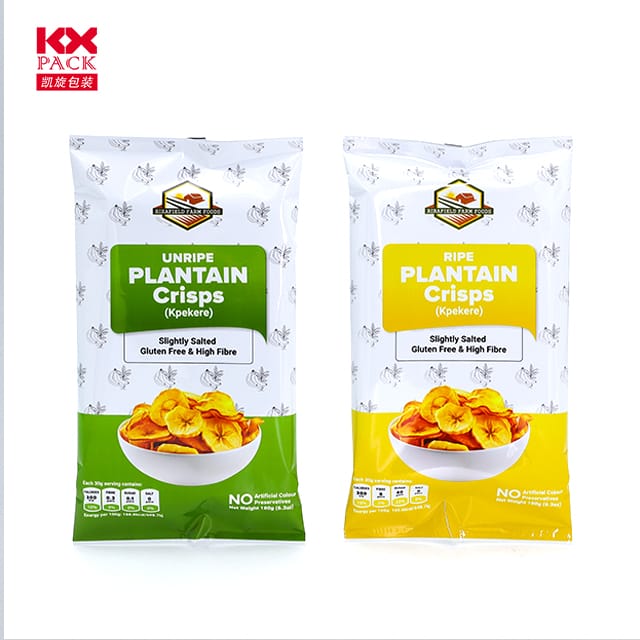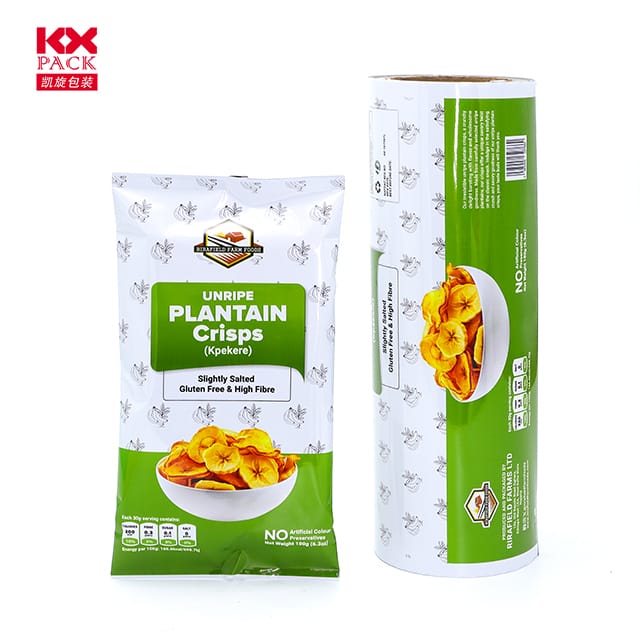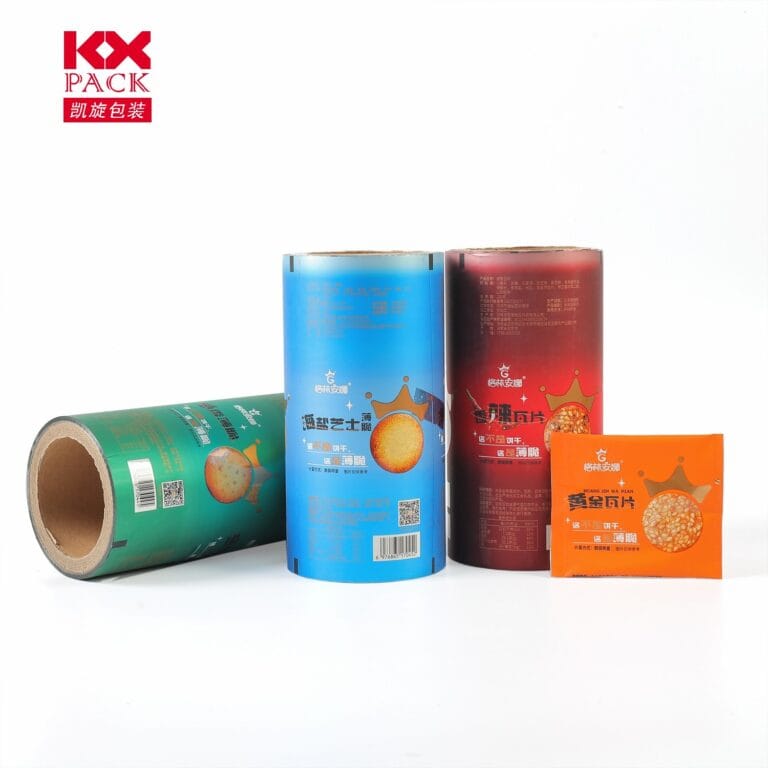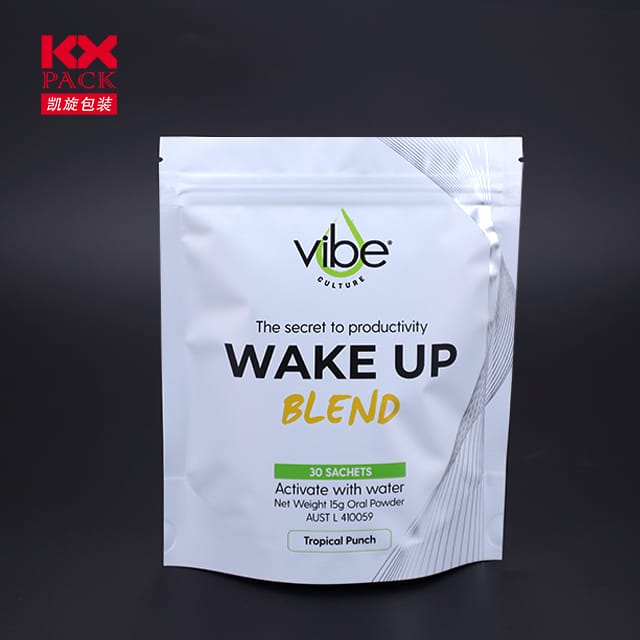فك الحقيقة: تأثير الأفلام البلاستيكية الغذائية والبدائل المستدامة (7)
فيلم بلاستيك غلاف الغذاء
In our fast-paced lives, أصبح الغلاف البلاستيكي عنصرًا أساسيًا في المطبخ - تدوير, مريح, ويبدو أنه لا غنى عنه. ولكن مع نمو المخاوف البيئية, لقد حان الوقت لإلقاء نظرة فاحصة على الرقيقة, فيلم شفاف نستخدمه يوميًا. دعنا نلاحظ الحقائق حول فيلم البلاستيك الغلاف الغذائي, تأثيرها, and how we can make smarter choices.
What Is Food Wrapping Plastic Film?
فيلم بلاستيك غلاف الغذاء, often called “غلاف بلاستيكي” أو “cling film,” is typically made from البولي إيثيلين (PE), a lightweight and flexible plastic polymer. It’s designed to cling tightly to containers, keeping food fresh by blocking air and moisture. While it’s undeniably handy for covering leftovers, wrapping sandwiches, or storing produce, تأتي راحتها بتكلفة.
The Environmental Toll
- Single-Use Plastic Waste
Plastic wrap is a single-use item, meaning it’s used once and discarded. Only 9% of global plastic waste is recycled, و فيلم بلاستيك غلاف الغذاء is notoriously difficult to recycle due to its thin, stretchy texture. Most ends up in landfills, where it can take centuries to decompose, or worse—pollutes oceans and rivers. - Microplastic Contamination
As plastic film breaks down, it fragments into microplastics, which infiltrate soil, water, and even the food chain. Studies show humans ingest يصل إلى 5 grams of microplastics weekly via food and water—a concerning statistic with unknown long-term health impacts. - Carbon Footprint
The production of plastic film relies on fossil fuels, contributing to greenhouse gas emissions. Manufacturing just 1 kilogram of polyethylene generates around 2.3 kilograms of CO2.
Is There a Safer Alternative?
نعم! Eco-conscious brands and individuals are pioneering alternatives that balance practicality with sustainability:
- Reusable Wraps
- Beeswax Wraps: Coated in beeswax, jojoba oil, and tree resin, these cloths mold around containers and can be washed and reused for up to a year.
- Silicone Lids: Stretchy, airtight lids that fit over bowls and containers, dishwasher-safe and durable.
- أفلام قابلة للتسميد
Made from plant-based materials like cornstarch or potato starch, these films break down in industrial composting facilities. لكن, they’re not suitable for home composting and require specific conditions to decompose fully. - Glass or Stainless Steel Containers
Ditch single-use plastics entirely with airtight containers that last a lifetime. Pair them with silicone lids or cloth covers for zero-waste storage.
How to Reduce Your Plastic Film Use
- Buy in Bulk: Purchase larger quantities of food to minimize packaging waste.
- Plan Meals: Reduce leftovers by cooking only what you need.
- DIY Alternatives: Make your own beeswax wraps using fabric scraps and beeswax pellets.
- Recycle Right: Check local recycling guidelines—some areas accept clean plastic wrap for recycling.
The Future of Food Preservation
Innovation is key. Companies are exploringedible coatings (made from ingredients like chitosan or lactic acid) وmycelium-based materials (fungal networks that biodegrade naturally). While these solutions are still emerging, consumer demand can drive their adoption.
Your Choice Matters
Every time you reach for plastic wrap, يتذكر: There’s a more sustainable way to protect your food. By opting for reusable or compostable alternatives, you’re not just preserving freshness—you’re helping preserve the planet.
Let’s cling to change, not plastic. 🌍
Has this inspired you to rethink your kitchen habits? Share your favorite eco-friendly food storage hacks below!
الكلمات الرئيسية: فيلم بلاستيك غلاف الغذاء, sustainable alternatives, plastic pollution, eco-friendly kitchen, compostable wraps, microplastics, reusable containers







